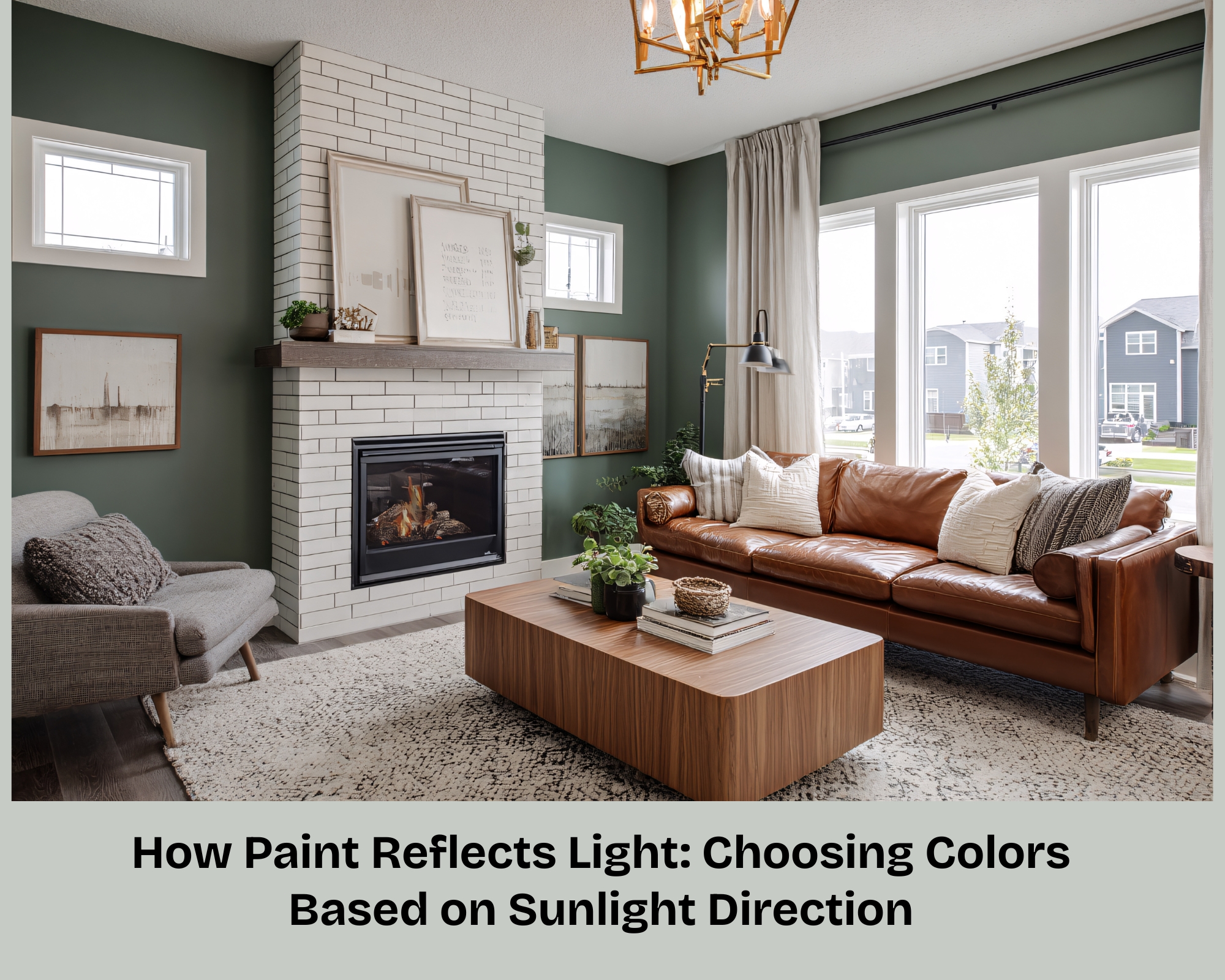
When considering painting your home, the relationship between light and color can significantly impact the outcome. A single shade may appear entirely different depending on the quantity of natural light a room gets and the direction it enters. Grasping how paint reflects light enables you to choose colors that elevate your environment and preserve the aesthetic you cherish throughout the day. Discover more on this topic in a blog shared by our painting contractors in CT.
Color and reflection:
Lighter shades, particularly white, reflect more light, creating an illusion of a larger and brighter space. Conversely, darker shades tend to absorb more light, which can make a room feel more cramped.
Color and absorption:
The hue of a painted wall depends on how it interacts with light; it absorbs some wavelengths and reflects others. For instance, a blue wall takes in red and green light while reflecting blue, which is why we see it as blue.
The color of paint fundamentally represents light. When sunlight strikes a wall, certain wavelengths are absorbed while others are bounced back.. These reflected wavelengths are what your eyes recognize as color. Consequently, the lighting conditions, whether natural or artificial, directly influence how a color appears.
Rooms that face north generally get cool, indirect light during the day, which tends to emphasize the blue or gray undertones in paint colors. To foster a balanced and welcoming environment, it is advisable to select warm hues like cream, beige, warm gray, or soft yellow, since these colors contribute warmth and comfort to the area. Conversely, it is best to steer clear of bright whites or cool shades, as they can render the room feeling cold and uninviting.
Rooms that face south are bathed in abundant warm, natural light, causing most colors to look bright and lively. To counterbalance this intensity, cool hues like blue, green, or gentle gray are ideal, fostering a serene and refreshing environment. If warm colors are your preference, choose lighter shades to avoid the space becoming too intense or overwhelming in the strong sunlight.
Rooms oriented towards the east receive the most sunlight in the morning, bathed in gentle, warm light that slowly changes and diminishes throughout the day. Warm hues like red, yellow, and orange complement these areas wonderfully, as they are accentuated by the morning sun. Given that these rooms tend to become significantly darker in the afternoon, incorporating warm shades aids in preserving a comfortable and welcoming atmosphere all day long.
Rooms that face west radiate a warm, golden light during the late afternoon, fostering a cozy atmosphere. To achieve balance, incorporate cooler tones, such as soft yellows, greens, or creams, for a serene and welcoming appearance. In the morning, these spaces receive a cooler, bluish light, so choose adaptable colors that transition well throughout the day.
While sunlight direction matters, artificial lighting also influences how your paint color looks after dark.
Thoughtfully blending natural and artificial lighting guarantees that your selected color remains attractive all day long.
Choosing paint colors is about creating harmony with light. By understanding how sunlight direction affects color, you can select shades that enhance your home’s look , brightening darker rooms or softening overly bright spaces to create a balanced and beautiful atmosphere.